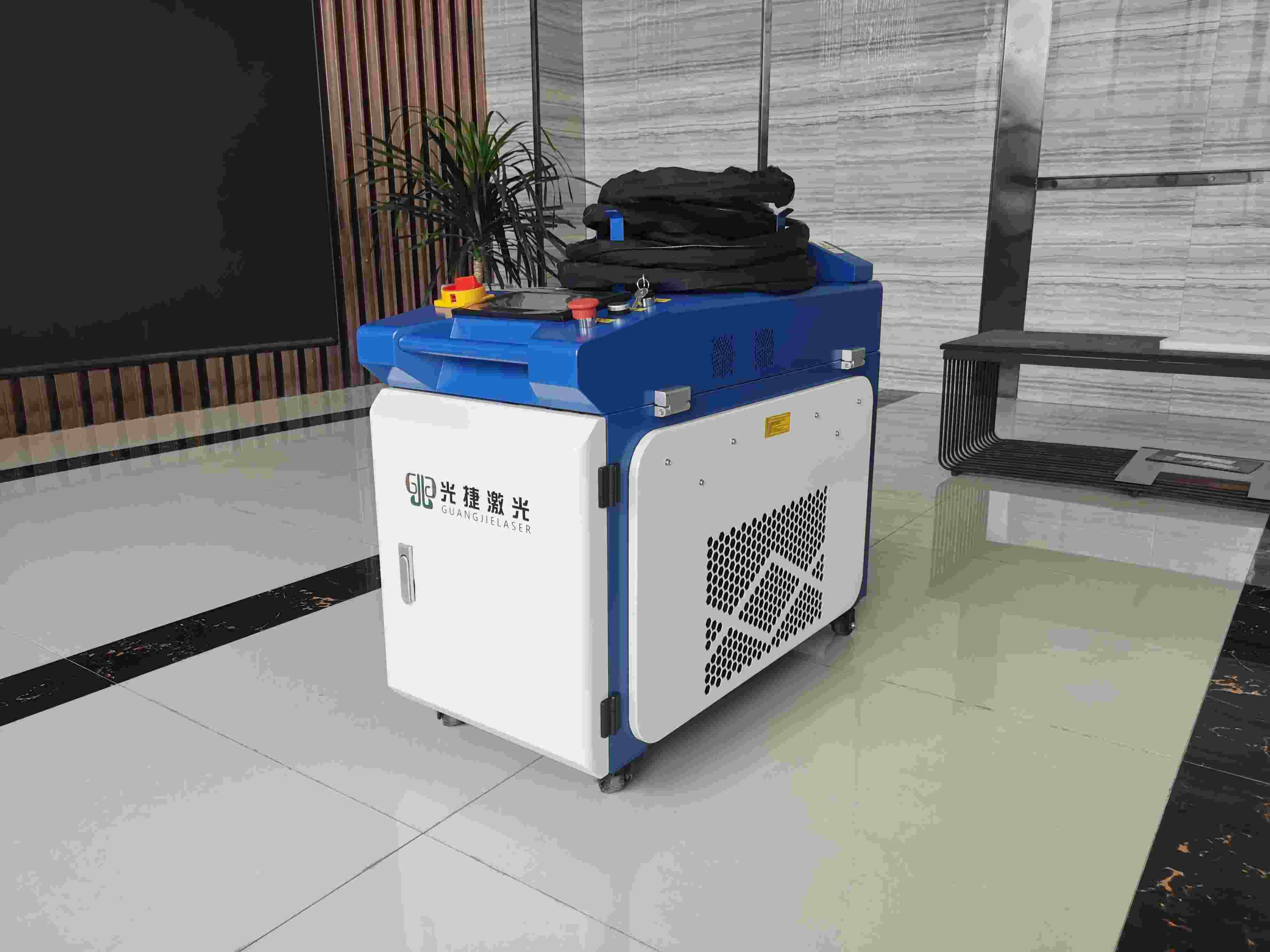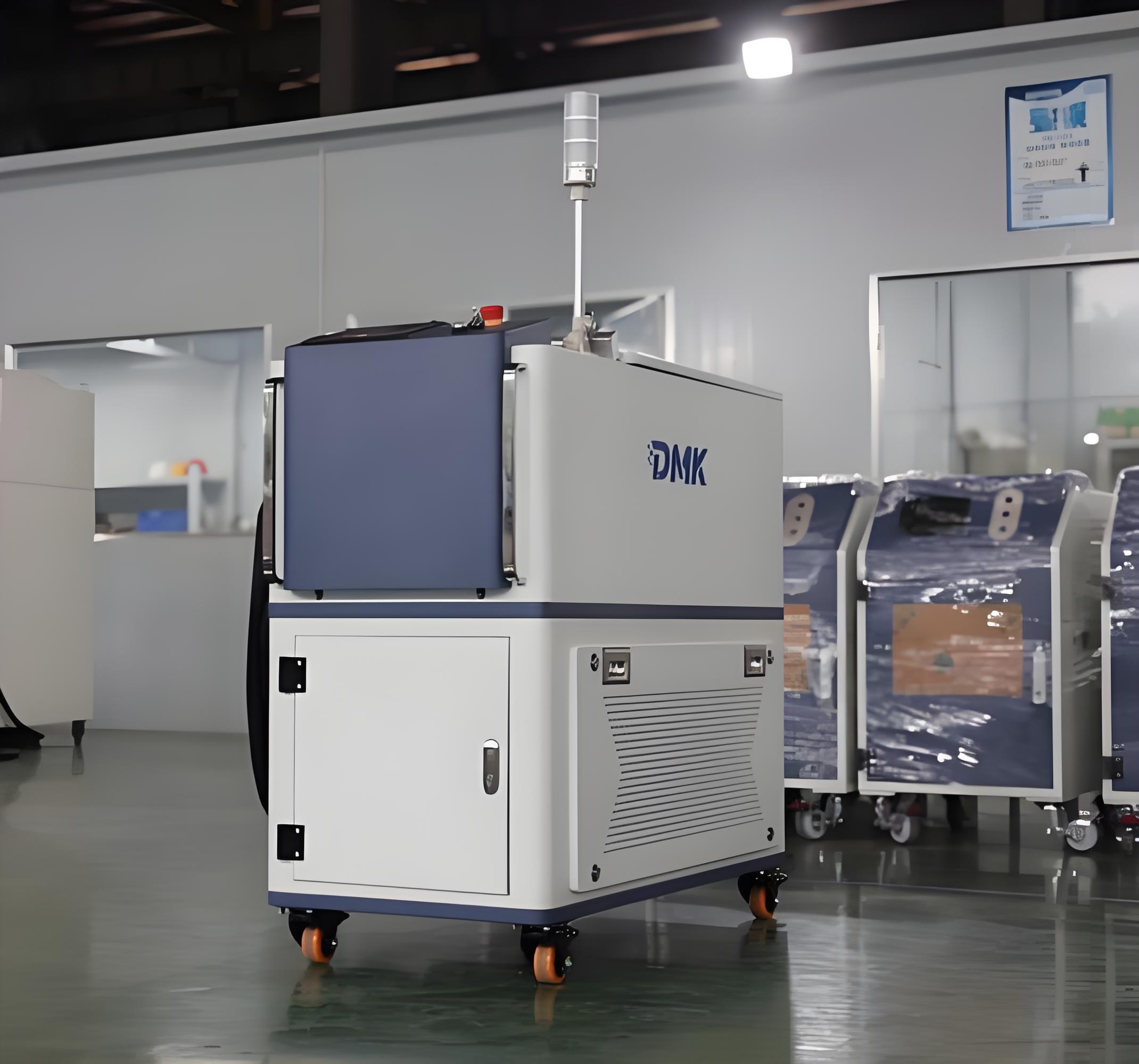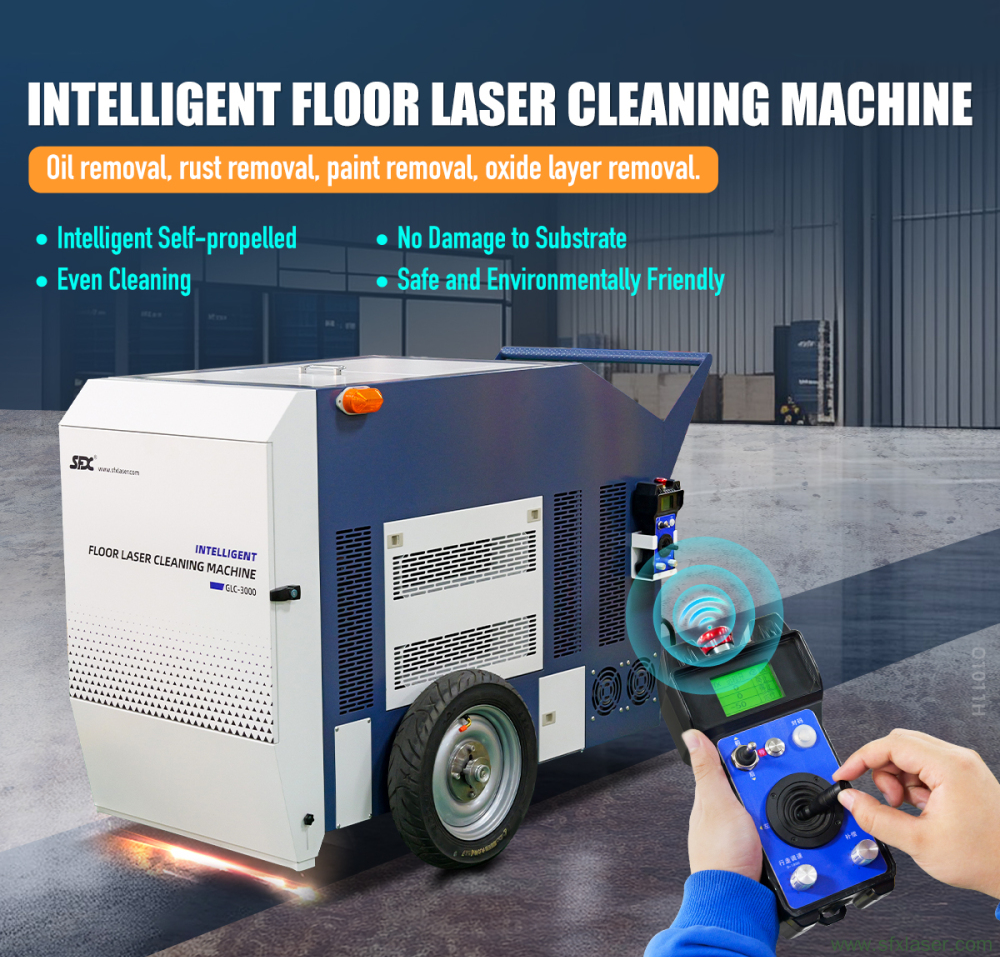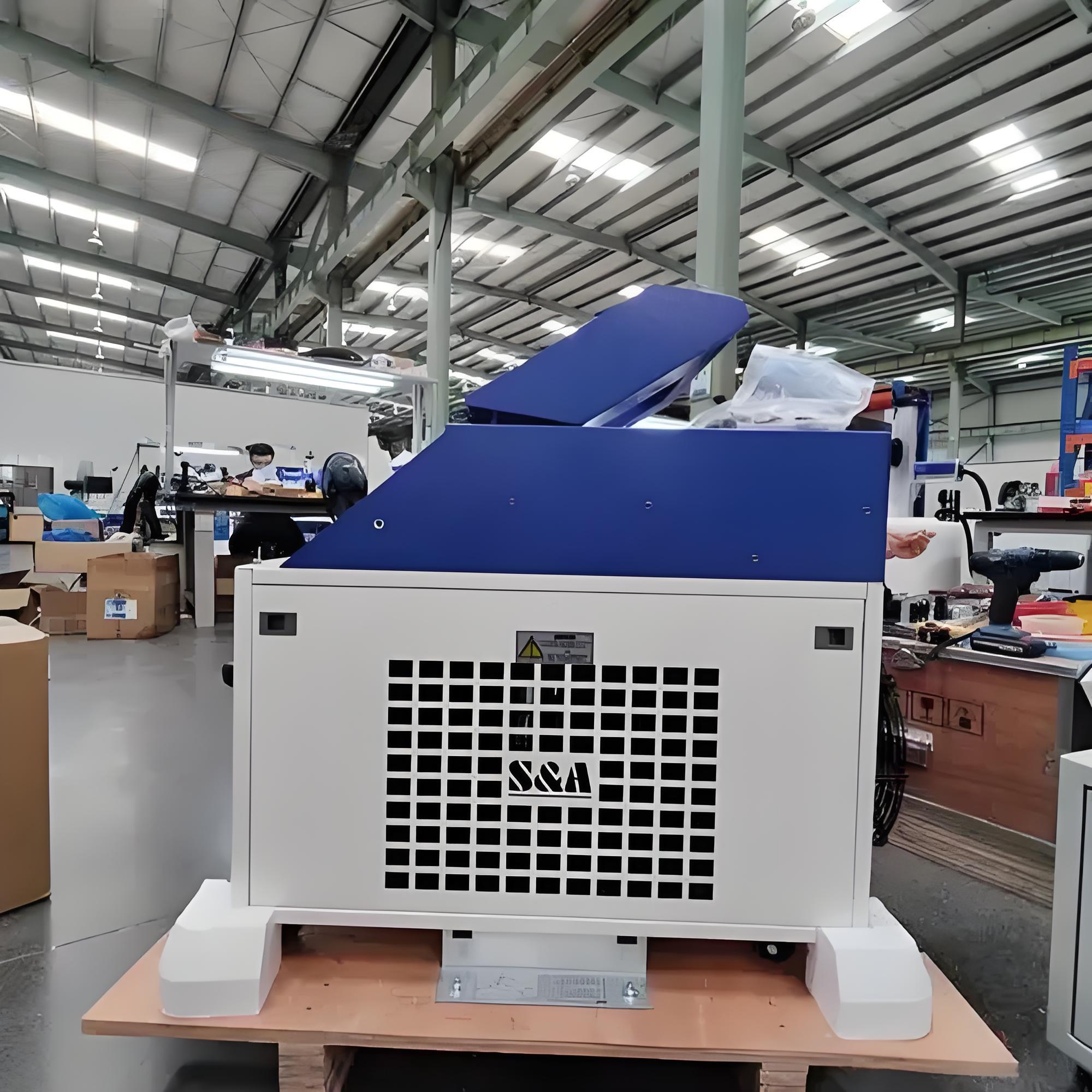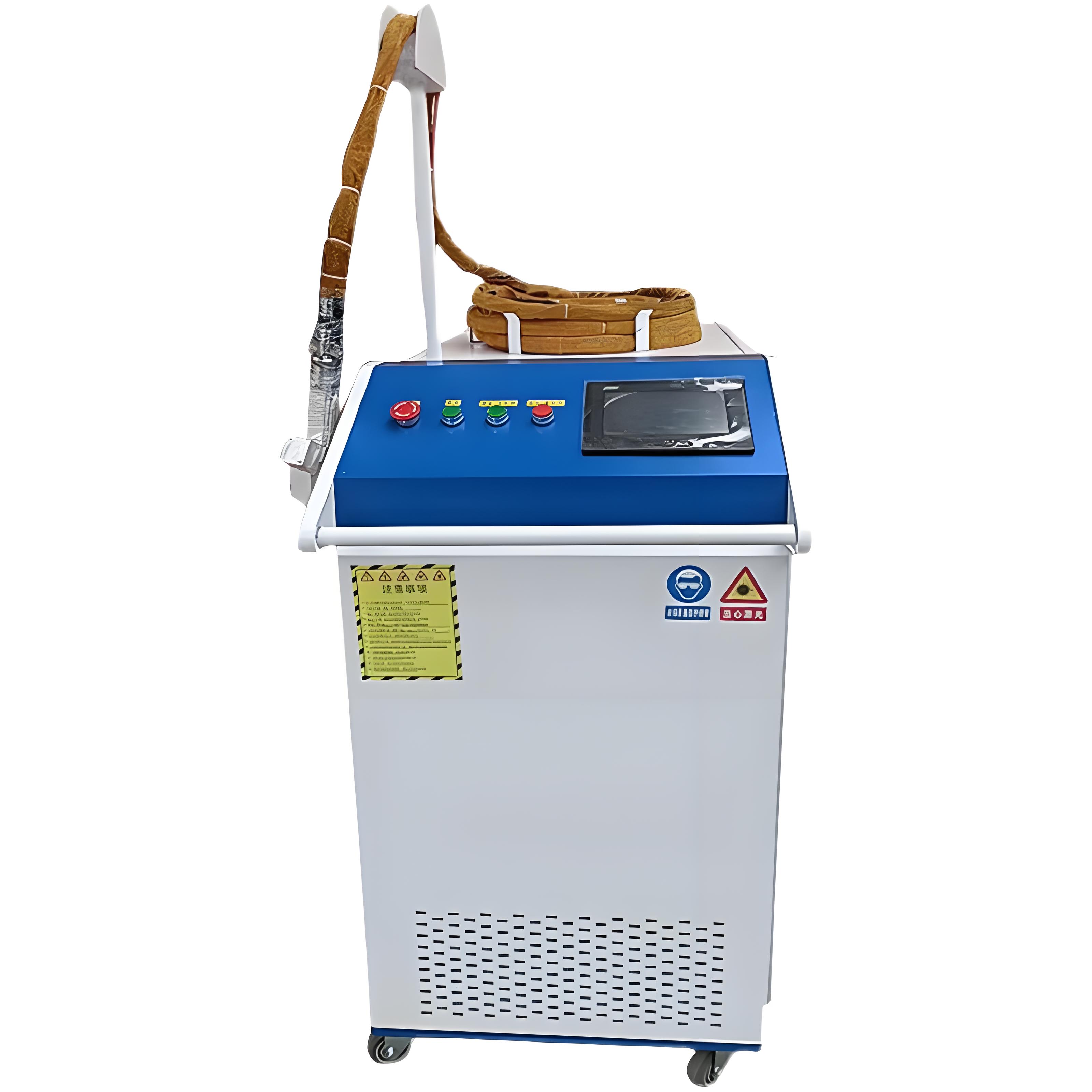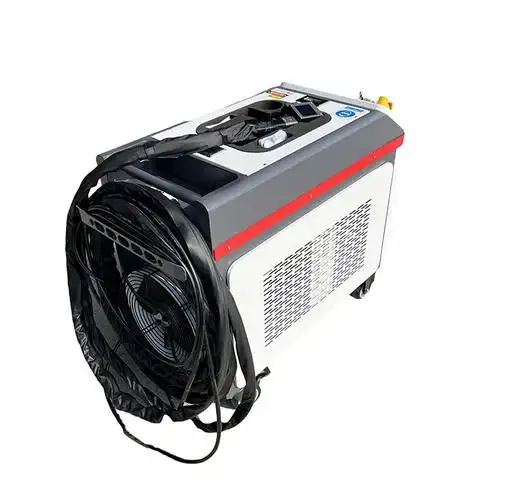As someone who’s spent years in the metal treatment and surface cleaning industry, I’ve seen firsthand how technologies like laser rust removal have transformed the way we restore and maintain metal surfaces. One question that keeps popping up, especially from folks working with galvanized steel, is whether laser rust removal impacts the protective zinc coating. It’s a valid concern—galvanized layers are critical for corrosion resistance, and nobody wants to compromise that. So, let’s dive into this topic with a clear, practical perspective, exploring how laser rust removal works, its effects on galvanized layers, and what you need to know to make informed decisions.
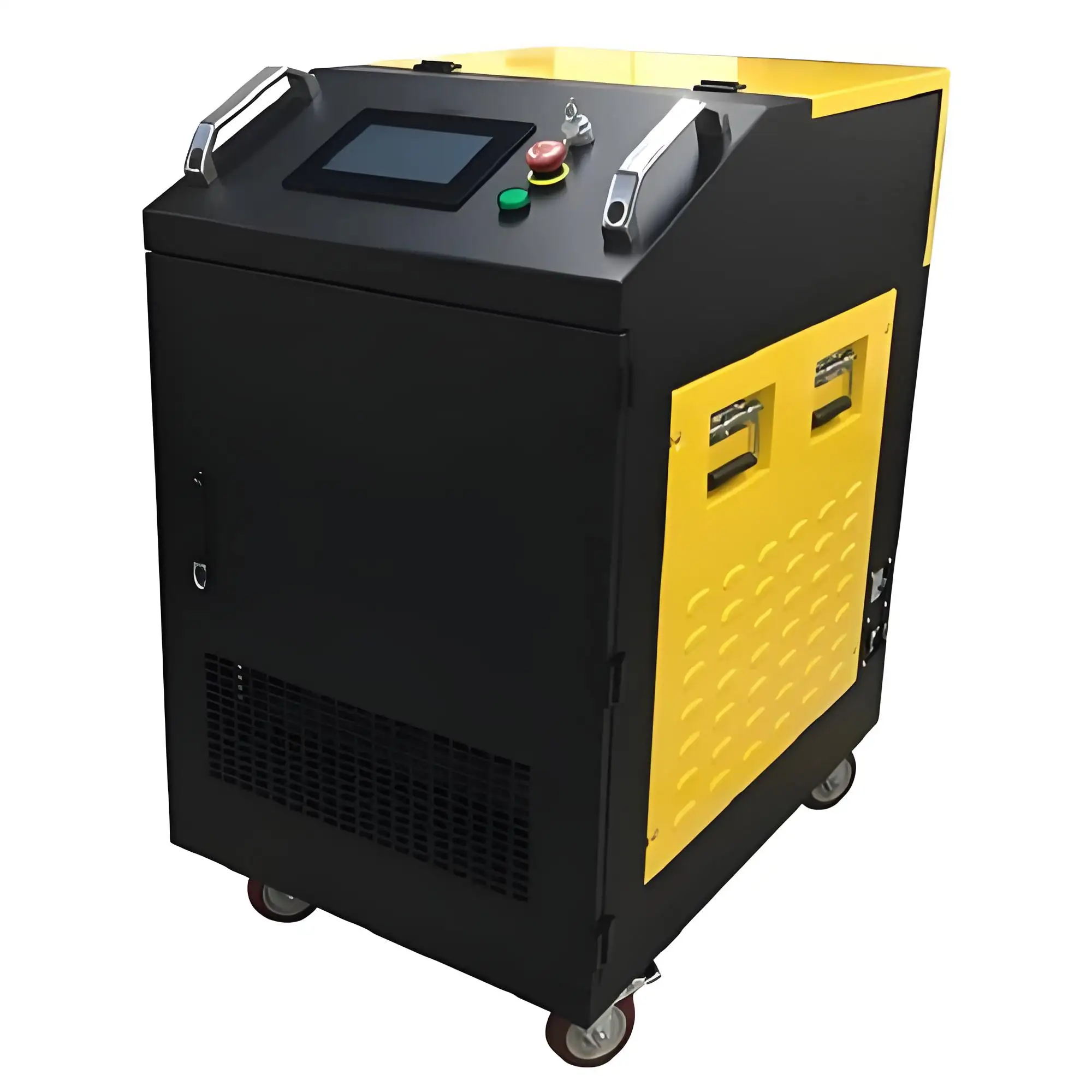
Understanding Galvanized Steel and Its Importance
Galvanized steel is a go-to material in industries like construction, automotive, and manufacturing because of its durability and corrosion resistance. The zinc coating, applied through hot-dip galvanizing or electro-galvanizing, acts as a sacrificial layer. It corrodes before the steel does, protecting the base metal from rust. This zinc layer is typically 20–70 micrometers thick, depending on the galvanizing method and application.
When rust forms on galvanized steel, it’s often a sign that the zinc layer has started to wear or that external factors like scratches or environmental exposure have compromised it. Removing rust without damaging the remaining zinc is crucial to maintaining the steel’s longevity. That’s where laser rust removal comes in—a precise, non-contact method that’s gained popularity for its efficiency and eco-friendliness.
How Laser Rust Removal Works
Before we get into its effects on galvanized layers, let’s break down how laser rust removal operates. Unlike traditional methods like sandblasting or chemical treatments, laser rust removal uses a focused beam of light to vaporize rust and contaminants from the surface. The laser’s energy is absorbed by the rust, which has a different thermal and optical profile than the underlying metal, causing it to heat up and evaporate.
The process is highly controllable. You can adjust parameters like laser power, pulse frequency, and beam focus to target specific layers without affecting the material beneath. This precision makes laser cleaning appealing for delicate surfaces like galvanized steel, but the question remains: does it harm the zinc coating?
The Impact of Laser Rust Removal on Galvanized Layers
To answer this, I’ll share insights from my experience and data from industry studies. The short answer is: it depends on the laser settings and operator expertise. Done correctly, laser rust removal can clean rust from galvanized steel with minimal impact on the zinc layer. Done poorly, it can strip or damage the coating, reducing its protective capabilities.
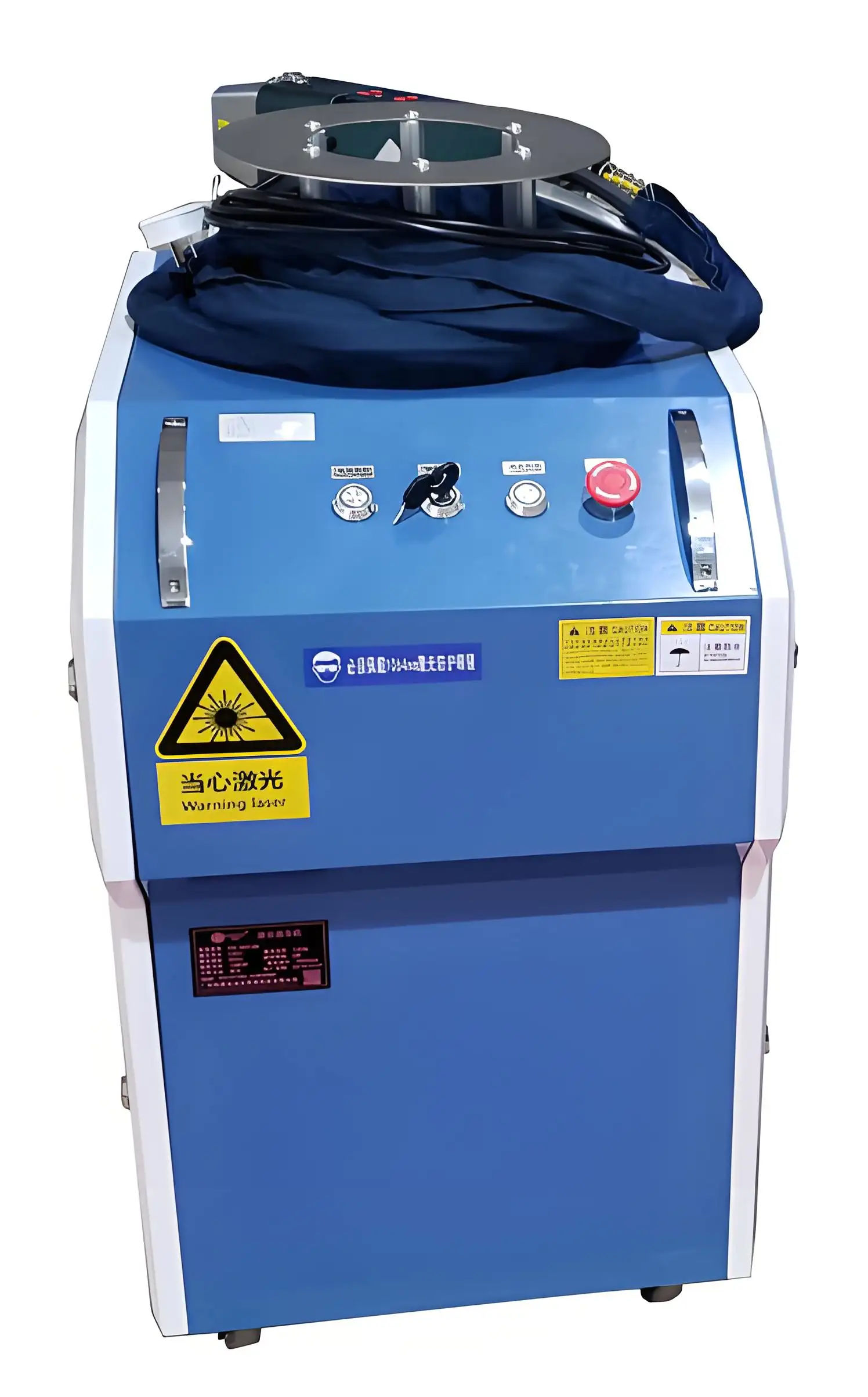
Key Factors Influencing the Impact
Laser Parameters
The laser’s power, pulse duration, and wavelength are critical. Low-energy, short-pulse lasers (like nanosecond pulsed fiber lasers) are ideal for rust removal because they target the rust’s surface without deeply penetrating the zinc. High-energy or continuous-wave lasers, on the other hand, can overheat the zinc, causing it to vaporize or melt.
Zinc Layer Thickness
Thicker zinc coatings (e.g., those from hot-dip galvanizing) are more resilient to laser cleaning than thinner ones (e.g., from electro-galvanizing). If the zinc layer is already compromised or thin, there’s a higher risk of exposing the steel underneath.
Rust Severity
Light surface rust is easier to remove without affecting the zinc. Heavy rust, especially if it’s eaten into the zinc layer, may require more aggressive laser settings, increasing the chance of zinc loss.
Operator Skill
I can’t stress this enough: a skilled operator makes all the difference. Someone who understands the material and fine-tunes the laser settings can preserve the zinc layer far better than an inexperienced user blasting away with default settings.
Quantifying the Impact
To give you a clearer picture, here’s a table summarizing how laser rust removal affects galvanized layers under different conditions, based on my observations and industry data:
|
Condition |
Laser Settings |
Impact on Zinc Layer |
Recommended Action |
|---|---|---|---|
|
Light surface rust |
Low power, short pulses |
Minimal (0–5% zinc loss) |
Safe for most applications |
|
Moderate rust |
Medium power, controlled pulses |
Low to moderate (5–15% zinc loss) |
Adjust settings carefully |
|
Heavy rust or pitting |
High power, longer pulses |
Significant (15–50% zinc loss) |
Consider alternative methods or re-galvanizing |
|
Thin zinc coating (<20 μm) |
Any setting |
High risk of exposing steel |
Use ultra-low power or avoid laser cleaning |
This table isn’t exhaustive, but it highlights the balance between rust removal and zinc preservation. In my experience, most galvanized steel can be safely cleaned with lasers if you stick to low-power settings and monitor the process closely.
Real-World Observations
Over the years, I’ve worked on projects involving galvanized steel components—think roofing sheets, guardrails, and industrial pipes. One memorable job involved cleaning rust from galvanized steel beams on a coastal warehouse. The rust was light, mostly surface-level, caused by salty air. We used a 100W fiber laser with short pulses, and the results were impressive: the rust was gone, and the zinc layer remained intact, with less than 5% thickness loss (measured via coating thickness gauges). The beams looked almost new, and the client was thrilled to avoid costly re-galvanizing.
On another project, though, we faced heavily rusted galvanized pipes where the zinc was already thinning. The client insisted on laser cleaning, but even with careful settings, we removed about 20% of the zinc layer in some areas. We ended up recommending a partial re-galvanizing to restore corrosion protection. These experiences taught me that while laser rust removal is powerful, it’s not a one-size-fits-all solution for galvanized steel.
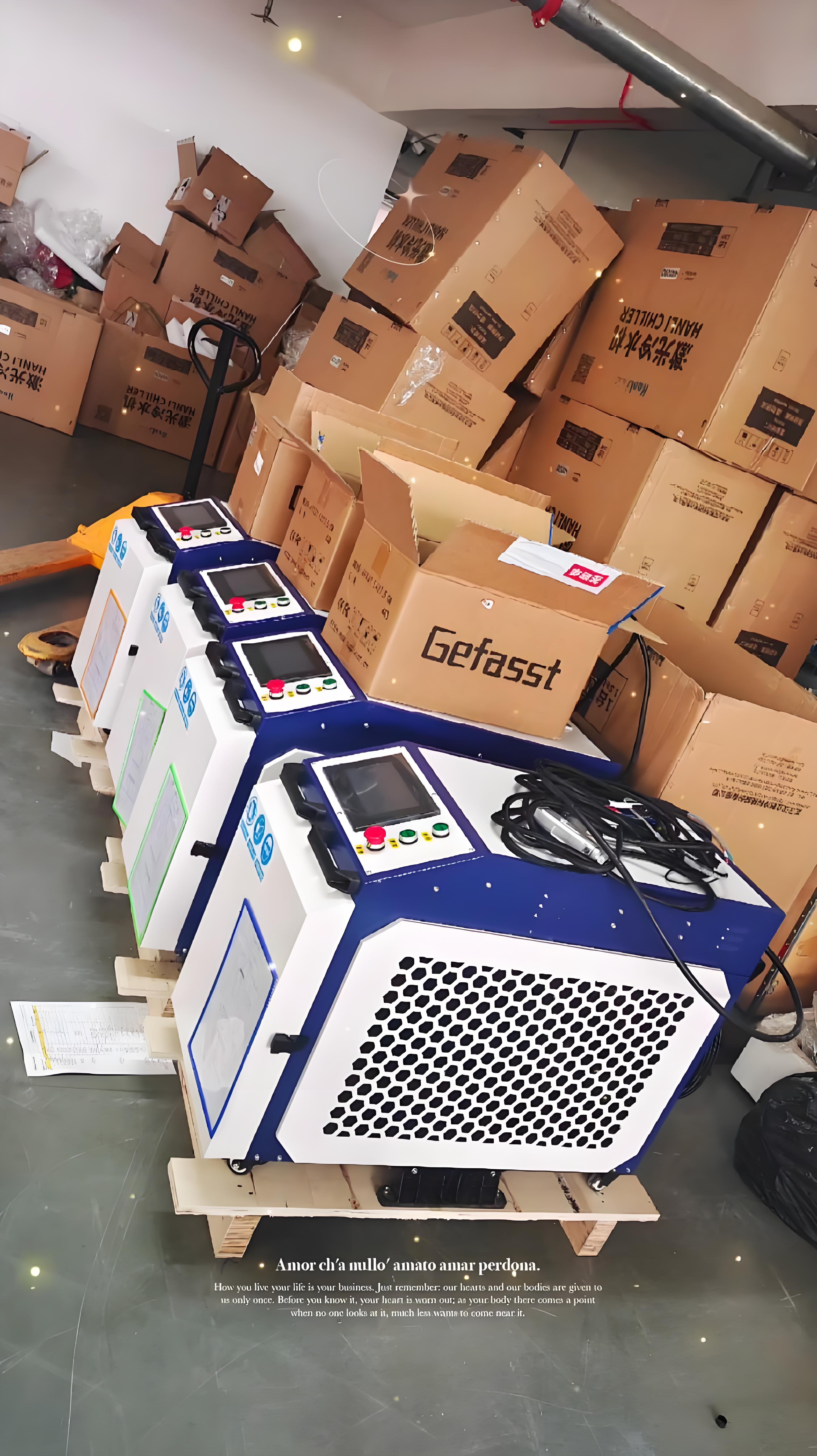
Comparing Laser Rust Removal to Other Methods
To put things in perspective, let’s compare laser cleaning to traditional rust removal methods for galvanized steel:
Sandblasting: This abrasive method can strip rust quickly but often removes significant portions of the zinc layer, especially with thin coatings. It’s also messy and requires extensive cleanup.
Chemical Cleaning: Chemicals like phosphoric acid can dissolve rust but may etch the zinc if not carefully controlled. Plus, they’re not environmentally friendly.
Manual Grinding: Grinding is labor-intensive and imprecise, often damaging the zinc layer and leaving uneven surfaces.
Laser cleaning stands out for its precision and minimal waste, but it’s not perfect. The key advantage is its non-contact nature, which reduces physical stress on the zinc. However, it’s more expensive upfront (equipment costs can range from $10,000 to $100,000), and it requires trained operators to avoid mistakes.
Best Practices for Laser Rust Removal on Galvanized Steel
If you’re considering laser rust removal for galvanized steel, here are some practical tips I’ve picked up over the years:
Test on a Small Area First
Always do a spot test to check how the laser affects the zinc. Use a coating thickness gauge to measure the zinc layer before and after to ensure you’re not removing too much.
Use Low-Power, Pulsed Lasers
Opt for fiber lasers with power settings between 50–200W and short pulse durations (nanoseconds). These are less likely to overheat the zinc.
Monitor Surface Temperature
Excessive heat can melt or vaporize zinc. Use infrared thermometers to keep surface temperatures below 400°C (the melting point of zinc).
Clean in Stages
For heavy rust, clean in multiple passes with low power rather than one aggressive pass. This preserves the zinc layer better.
5- Inspect Post-Cleaning
After cleaning, inspect the surface for exposed steel or thinning zinc. If the zinc layer is compromised, consider re-galvanizing or applying a zinc-rich primer.
Train Your Team
If you’re operating the laser yourself, invest in training. A small mistake in settings can turn a precise tool into a zinc-stripping disaster.

When to Avoid Laser Rust Removal
While laser cleaning is versatile, there are cases where it’s not the best choice for galvanized steel:
Extremely Thin Zinc Coatings: If the zinc layer is less than 10 micrometers, the risk of stripping it entirely is high.
Severe Rust Damage: If rust has eaten through most of the zinc, laser cleaning may expose the steel, requiring re-galvanizing anyway.
Budget Constraints: If you can’t afford high-quality equipment or skilled operators, traditional methods like chemical cleaning might be more cost-effective.
In these cases, I’d recommend consulting with a galvanizing expert or exploring alternative methods to preserve the coating.
Environmental and Practical Benefits of Laser Cleaning
One reason I’m a fan of laser rust removal is its environmental edge. Unlike chemical cleaners, it produces no hazardous waste, and unlike sandblasting, it doesn’t create dust clouds. It’s also quieter, which is a blessing when working in urban areas or near sensitive environments. From a practical standpoint, laser cleaning is faster for small to medium-sized projects and requires less setup than abrasive methods.
For galvanized steel, this means you can clean components in situ—say, on a bridge or a rooftop—without dismantling them. Just be sure to pair the process with proper zinc preservation techniques to maintain corrosion resistance.
Addressing Common Concerns
I’ve heard a lot of concerns from clients and colleagues about laser rust removal on galvanized steel. Here are a few I’d like to address:
“Will it make the surface too smooth?”
Laser cleaning can leave a slightly smoother surface than sandblasting, but it doesn’t affect the zinc’s ability to protect the steel. If you need a rougher surface for painting, you can lightly abrade it afterward.
“Is it safe for the environment?”
Absolutely. The process is dry, chemical-free, and produces only a small amount of vaporized rust, which can be captured with proper ventilation.
“What if the zinc is already damaged?”
If the zinc layer is patchy or severely corroded, laser cleaning can still remove rust, but you’ll likely need to re-galvanize or apply a protective coating afterward.
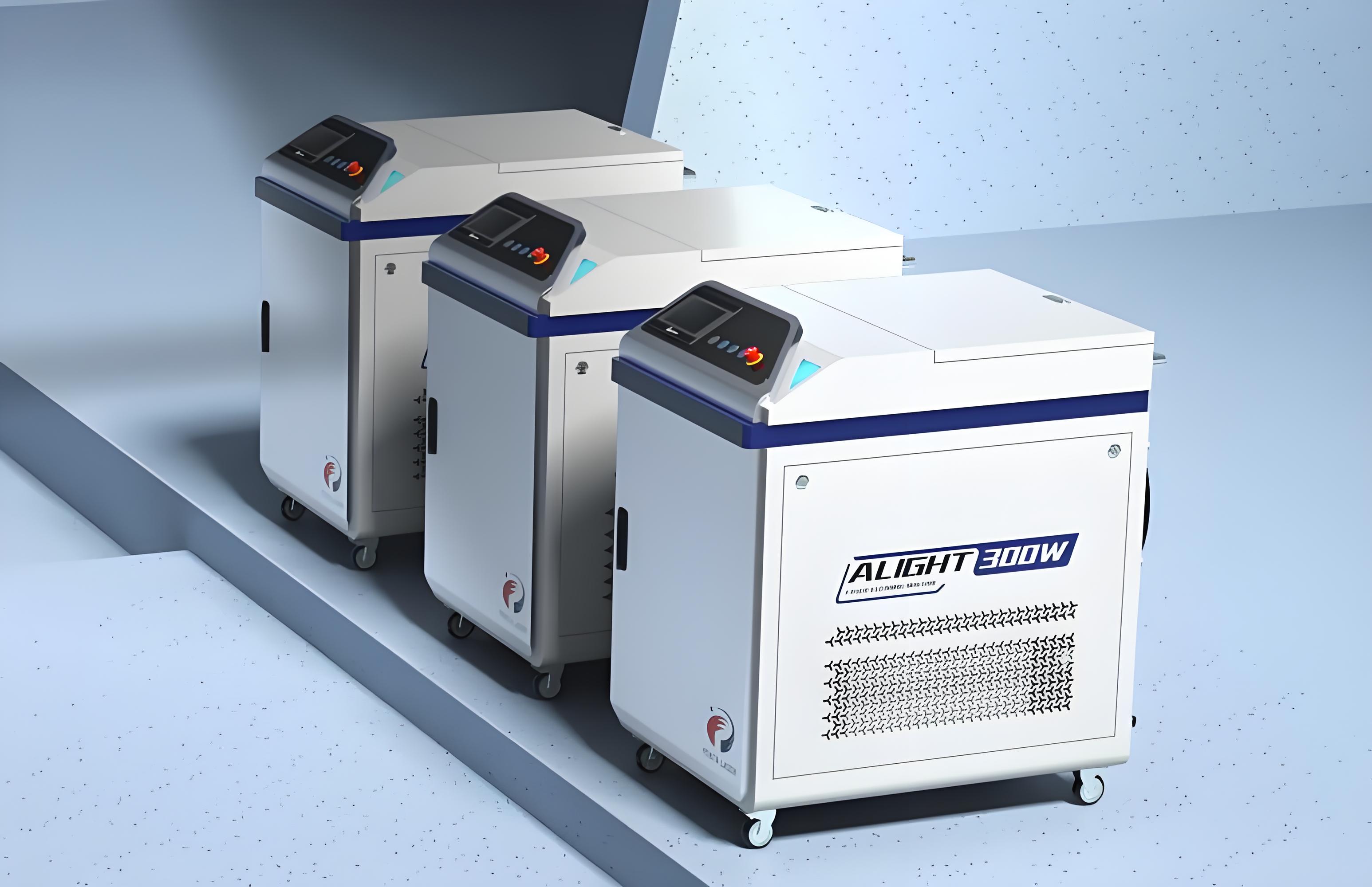
Conclusion: Balancing Precision and Protection
After years of working with laser rust removal, I can say it’s a game-changer for cleaning galvanized steel—when done right. The key is to use the right equipment, settings, and expertise to minimize damage to the zinc layer. For light to moderate rust, laser cleaning is a fantastic option, preserving most of the zinc while restoring the surface. For heavily rusted or thinly coated steel, you’ll need to weigh the risks and consider alternatives.
If you’re tackling a project with galvanized steel, my advice is to start with a test, measure the zinc thickness, and work with a skilled operator. That way, you can harness the precision of laser cleaning without sacrificing the corrosion resistance that makes galvanized steel so valuable.
Related Questions and Answers
Q: Can laser rust removal be used on all types of galvanized steel?
A: It works best on hot-dip galvanized steel with thicker zinc coatings. For electro-galvanized steel with thin coatings, use low-power settings and test thoroughly to avoid stripping the zinc.
Q: How do I know if the zinc layer is damaged after laser cleaning?
A: Use a coating thickness gauge to measure the zinc layer before and after cleaning. If you see a significant reduction (e.g., more than 15%) or exposed steel, the coating may need repair.
Q: Is laser rust removal cost-effective for large projects?
A: For small to medium projects, it’s cost-effective due to its speed and minimal waste. For large-scale projects, the upfront cost of equipment and training can be high, so compare it to alternatives like sandblasting.
Q: Can I re-galvanize steel after laser cleaning?
A: Yes, if the zinc layer is significantly removed, you can re-galvanize the steel using hot-dip or spray galvanizing methods to restore corrosion protection.

